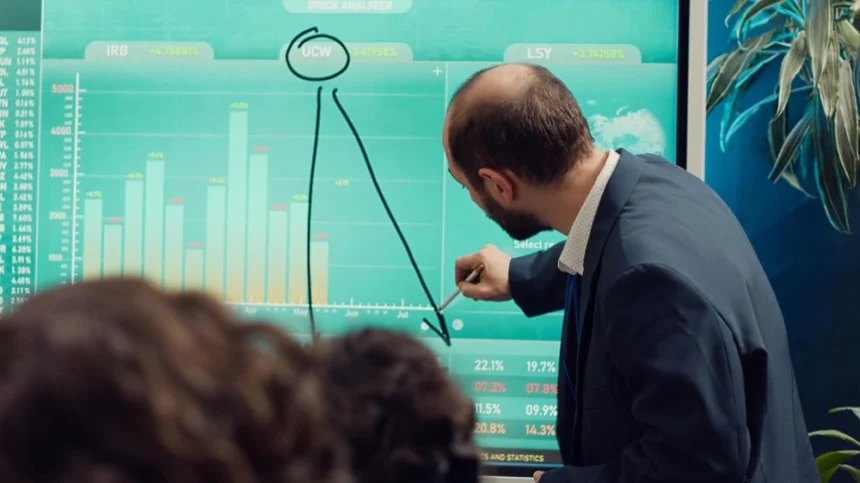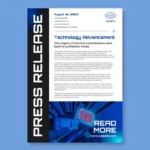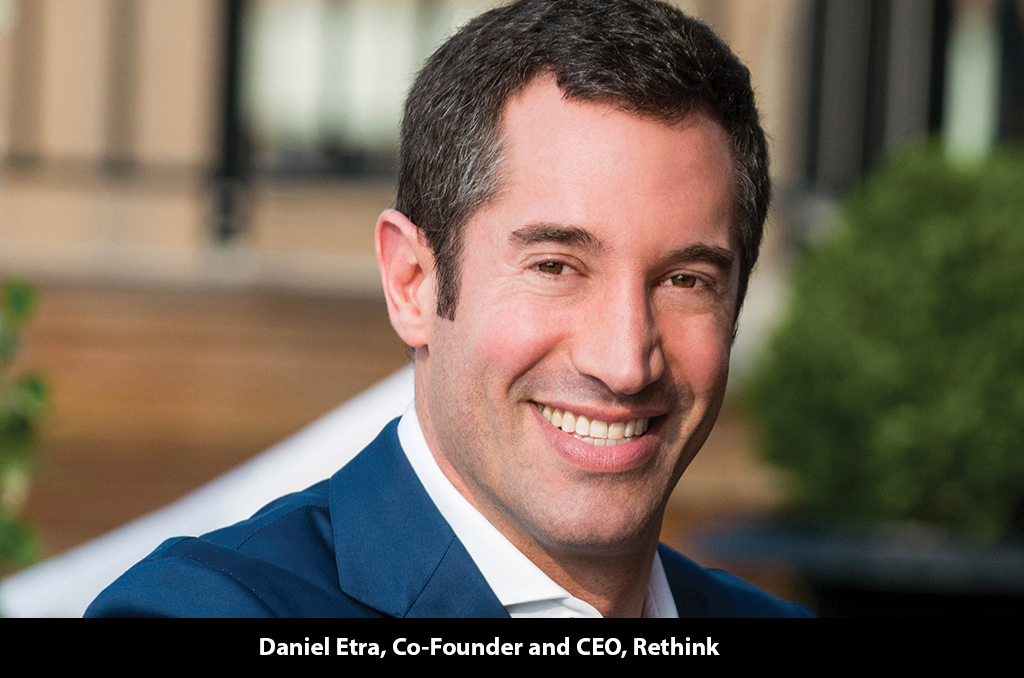Modern trading moves fast. Prices can shift in seconds, global events ripple through markets, and technology continues to reshape investor behaviour. One truth remains constant: risk always comes with reward. Managing that risk is not only defensive, it is the key to long-term success.
For traders and investors, clear strategies provide a framework that prevents setbacks from becoming serious losses. Reliable resources such as TradingGuide help market participants spot opportunities while teaching them how to protect capital in unpredictable conditions.
Why Risk Management Matters More Than Ever
Trading today is built on speed, constant connectivity, and high volatility. Globalisation and online platforms have opened markets to more people than ever. This access brings opportunity, but it also raises exposure to sudden shocks. A single headline, a new regulation, or an unexpected earnings result can move prices in minutes.
Without effective risk controls, losses can build quickly. Overconfidence, high leverage, or emotional trades can erase years of progress. Disciplined strategies, by contrast, help traders absorb shocks, recover from setbacks, and protect long-term growth. Readers interested in how these pressures are shaping today’s market can explore current approaches to trading risks and challenges in 2025 for a broader perspective.
Core Principles of Modern Risk Management
All successful trading strategies are built on discipline. The methods may differ across markets, but several core principles apply everywhere:
- Capital preservation first: Treat capital as a limited resource. The goal is not only to seek gains but to make sure losses never end your ability to trade tomorrow.
- Diversification: Spread exposure across assets, sectors, and regions. This reduces the danger of being tied too heavily to one theme.
- Defined risk per trade: Control position sizes so that no single loss harms the portfolio. Many professionals keep risk on each trade within 1–2% of total capital.
- Consistency: Rely on rules and proven frameworks, not impulse. Consistency reduces the pull of emotion and creates reliable data for future analysis.
These fundamentals form the blueprint for advanced techniques.
Stop-Loss Orders and Position Sizing
Two of the most effective tools for risk control are stop-loss orders and position sizing. A stop-loss closes a trade once it hits a set loss level. This prevents traders from holding on and hoping for a rebound.
Position sizing makes sure each trade fits within personal risk limits. For example, risking 1% of a £10,000 portfolio means the maximum loss allowed is £100. That amount then sets how many units or contracts can be taken. Used together, stop-losses and sizing keep losses controlled, even in volatile markets.
The Role of Leverage and Margin
Leverage can be powerful, but it is also risky. It can multiply profits, but it just as easily magnifies losses. In today’s markets, ratios of 30:1 or higher are common, so caution is essential.
Practical strategies include:
- Using leverage only when it adds clear value.
- Keeping margin buffers well above the minimum.
- Tracking exposure closely to avoid cascading losses.
The broker a trader chooses can also shape outcomes. Differences in margin rules, execution speed, and platform stability often decide how well risks are managed. Some recent discussions on what to consider when selecting a trading broker highlight why these details matter, especially for those still building experience.
For professionals, leverage is a precision tool. When managed carefully, it can accelerate growth. Used without discipline, it can bring an early end to a trading journey.
Hedging as a Strategic Layer
Hedging is a proven method for controlling risk by offsetting positions. It helps limit the effect of sudden price moves.
- Equity traders may use options to cap potential losses.
- Currency traders can balance exposure through correlated pairs.
- Commodity traders often turn to futures to stabilise costs or revenues.
Hedging may reduce short-term gains, but it offers valuable protection during uncertain markets.
Technology’s Influence on Risk Management
Modern trading platforms have moved far beyond simple order execution. They now include built-in risk management tools. Features such as alerts, real-time analytics, and automated stop orders give traders greater control and faster response times.
Artificial intelligence adds another level of support. It can scan vast amounts of data and highlight patterns or unusual activity that people might overlook. Even so, technology should never replace human judgment. It works best as a partner, helping traders stay disciplined and react quickly when market conditions shift.
Psychological Dimensions of Risk
Risk control is not only about numbers. Mindset plays a major role. Emotional reactions often lead to mistakes such as doubling down on losses, chasing missed moves, or taking oversized positions after a win.
Experienced traders build routines to stay disciplined:
- Keeping a trading journal to review behaviour.
- Defining entry and exit points before each trade.
- Taking regular breaks to avoid fatigue-driven errors.
The ability to follow a plan, even when markets tempt otherwise, is a key mark of resilience.
Institutional Versus Retail Perspectives
Large institutions manage risk with teams, advanced models, and strict rules. Retail traders, on the other hand, often work alone and with smaller accounts.
The principles are the same for both. Retail traders can still use stop-losses, set exposure limits, and diversify their holdings. Modern platforms now give individuals access to tools once reserved for big firms, allowing them to compete through discipline and structure.
The Importance of Continuous Learning
Markets evolve constantly. Strategies that worked years ago may no longer be effective. Traders must stay current on:
- Regulatory changes that shift market behaviour.
- New products and instruments.
- Advances in technology, from AI analytics to blockchain settlement.
Ongoing learning ensures risk management frameworks stay effective in a changing environment.
Conclusion
In today’s markets, risk and opportunity always move together. Globalisation and technology create new avenues for growth, but they also bring fresh challenges. Risk management is not optional; it is the foundation of sustainable performance.
The strongest traders are not those who avoid risk but those who control it. They know when to cut exposure, when to diversify, and when to step aside. By building discipline into every decision, they turn uncertainty into an advantage.
The true measure of success is not a single profitable rally. It is the ability to manage volatility, protect capital, and remain prepared for future opportunities.










